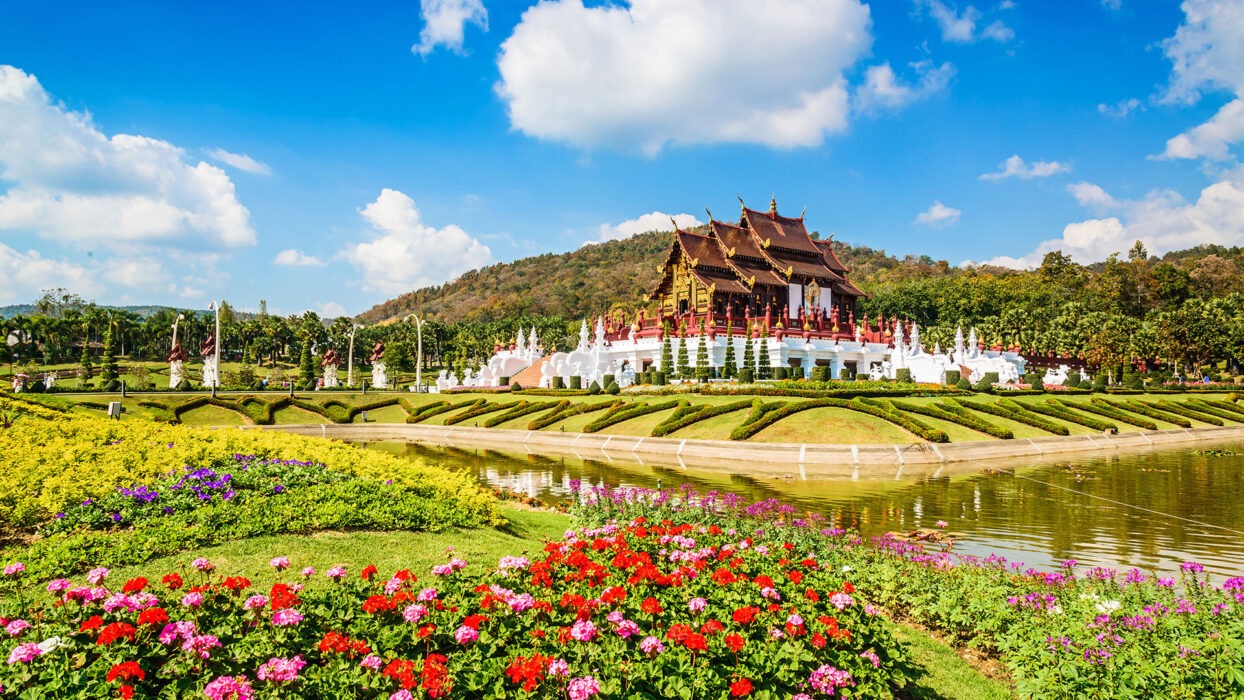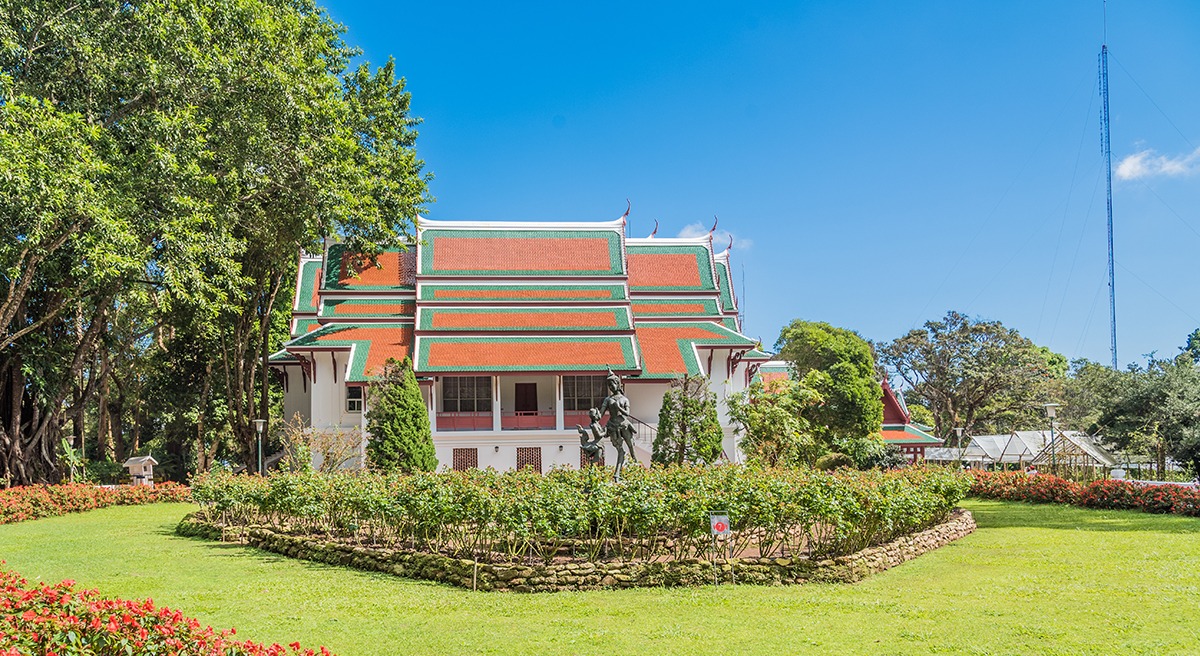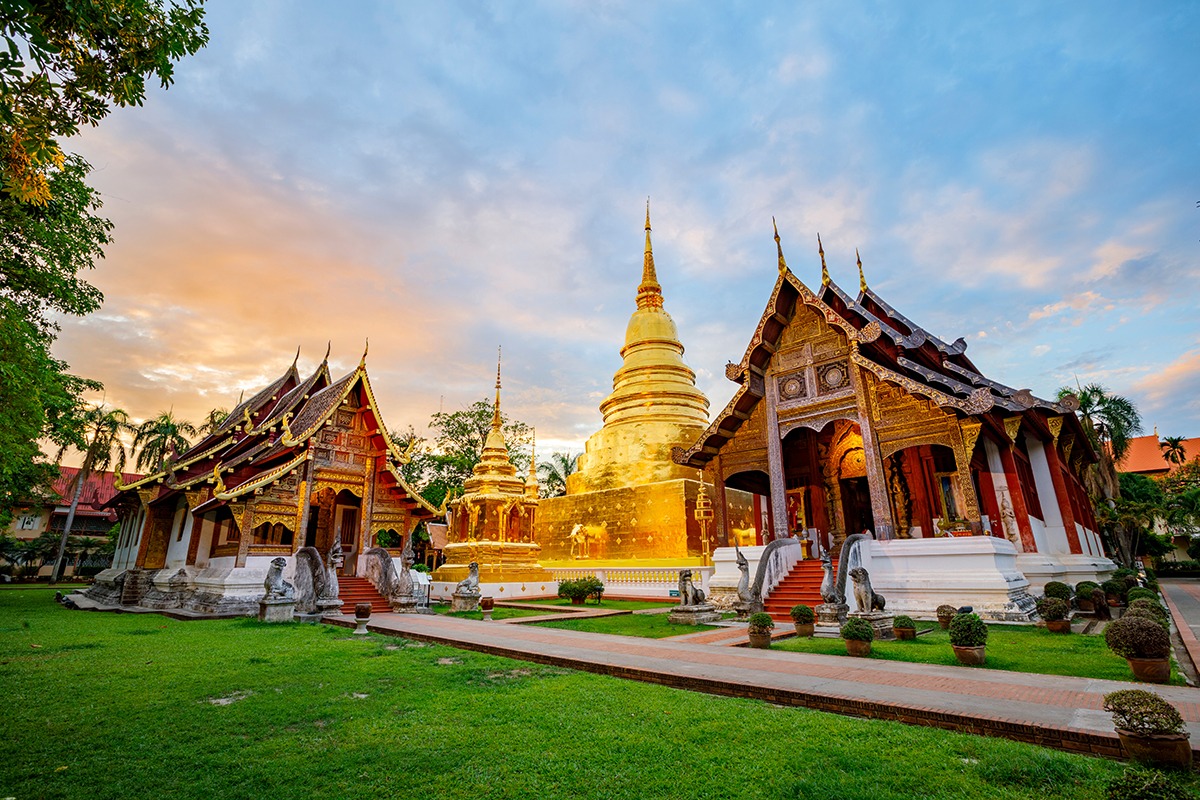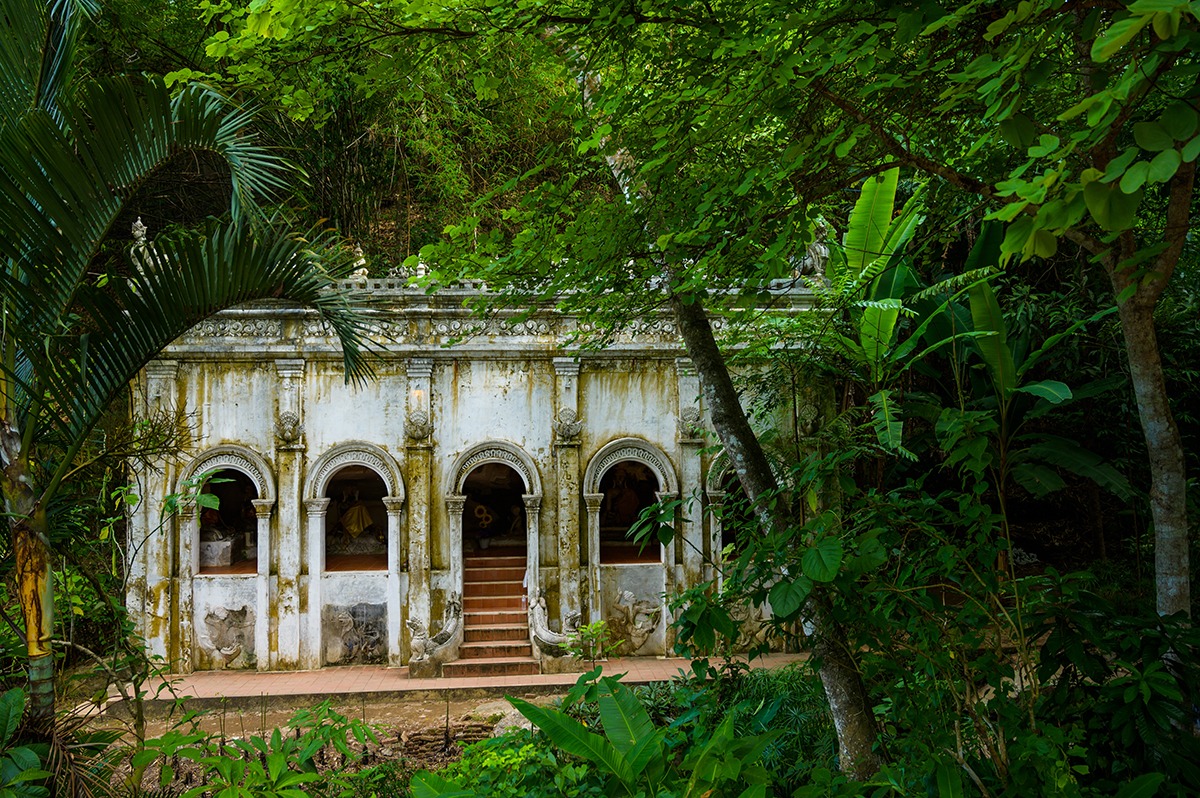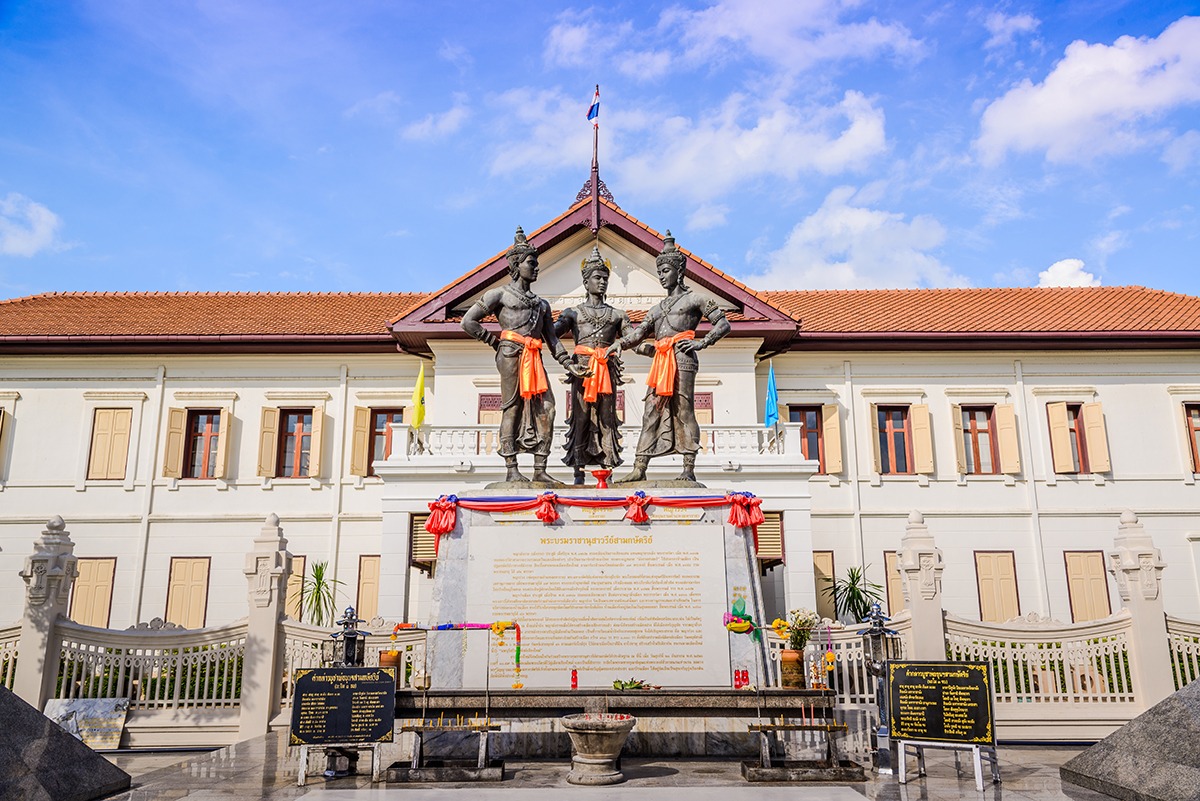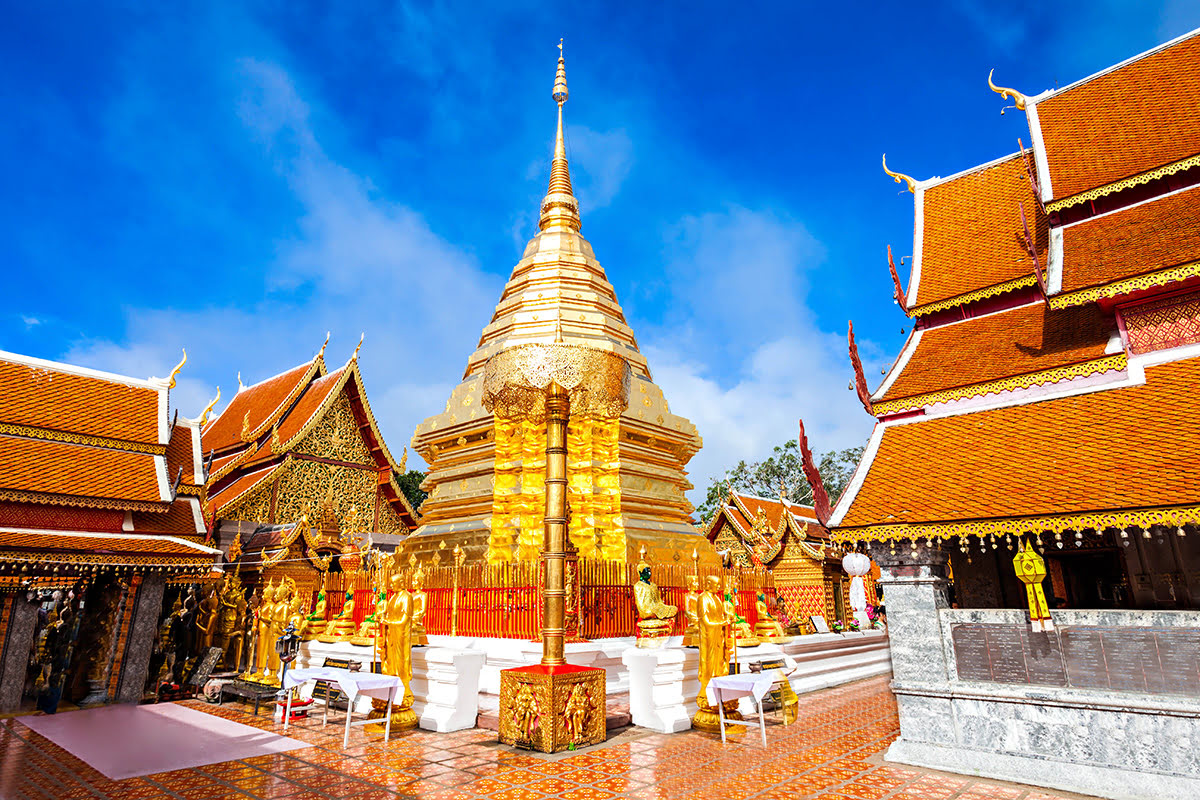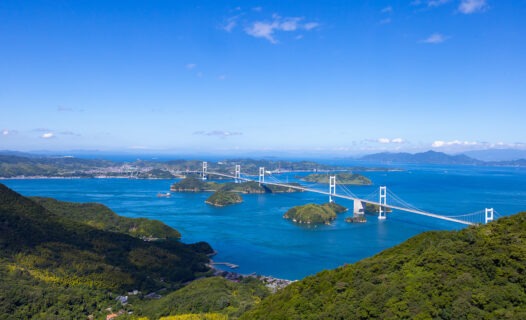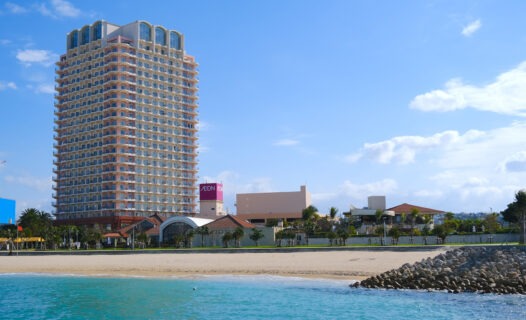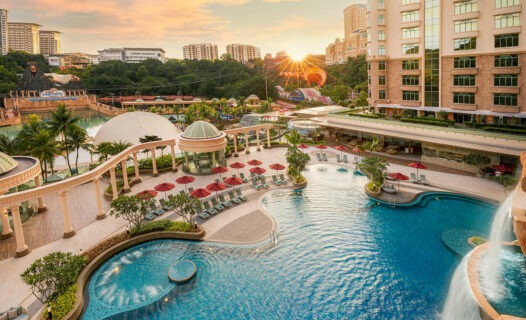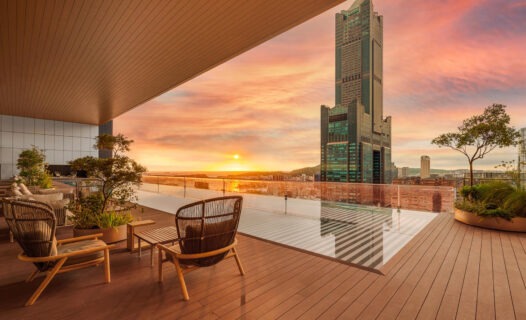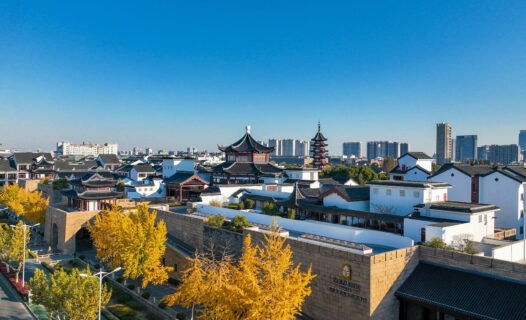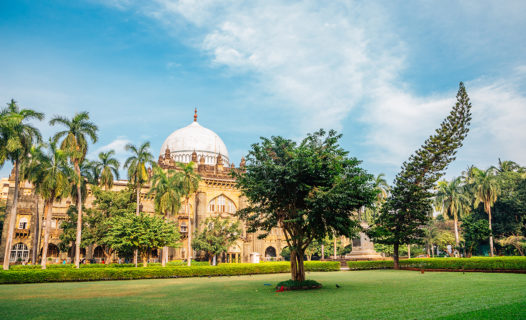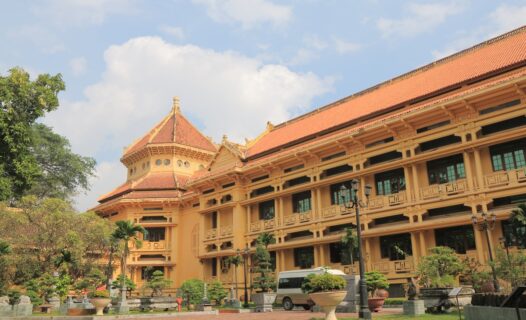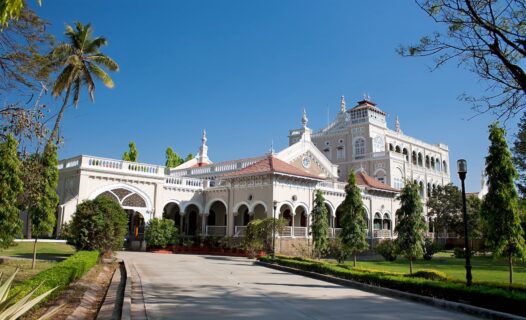Exploring Chiang Mai’s Architectural Heritage
Chiang Mai, the heart of Northern Thailand, is a tapestry of cultural and architectural splendor. Known as the ‘new city’, Chiang Mai defies its name with a plethora of ancient architectural delights and over 300 Buddhist temples, making it a historian’s paradise. The city, rich in Lanna heritage, is a vibrant blend of the past and present, where traditional Thai houses whisper tales of a bygone era. Visitors are invited to immerse themselves in the city’s cultural landmarks, each echoing the artistic and spiritual legacy of the Lanna kingdom.
Walking through the streets of Chiang Mai, one can’t help but be enchanted by the unique Lanna architectural styles. From the intricate wood carvings to the sloping roofs of traditional Thai buildings, the city is a living museum showcasing centuries of history and design. For the architectural enthusiast and the casual tourist alike, Chiang Mai offers a rare opportunity to explore Northern Thailand’s architectural evolution, from ancient teakwood houses to grand temples.
The Charm of Tha Pae Gate
Address: Tha Phae Gate, Moon Muang Road, Si Phum, Chiang Mai 50200, Thailand
Tha Pae Gate, a remnant of Chiang Mai’s ancient city wall, stands as a testament to the city’s historical richness. Once acting as a fortress for the ‘Old City’, the gate now serves as a gateway for explorers delving into Chiang Mai’s cultural heart. As the epicenter of tourism, Tha Pae Gate is not just an architectural marvel but a bustling hub where past meets present.
This 13th-century landmark is surrounded by a myriad of local cafes, artisan shops, and street markets, offering a perfect blend of historical exploration and modern-day pleasures. As you wander through this historical landmark, the blend of sacred sites and street life encapsulates the essence of Chiang Mai’s cultural and architectural heritage. Nearby, comfortable accommodations are available, and you can find the perfect place to stay on Agoda’s Chiang Mai City Page.
Bhubing Palace: A Royal Blend of Culture and Nature
Address: Bhubing Palace, Doi Buak Ha, Suthep, Chiang Mai 50200, Thailand
Bhubing Palace, constructed in 1961, is a spectacular display of northern Thai architecture known as ‘Reun Mu’ (Group of Houses). This royal residence, beautifully poised on stilts, is enveloped in the natural beauty of Chiang Mai’s hills. The palace, serving as the winter abode for the Thai Royal Family, is adorned with beautifully landscaped gardens, open to the public for enjoyment.
The serenity of Bhubing Palace, with its rose gardens and scenic views, offers a tranquil retreat from the city’s hustle. As you stroll through its grounds, the palace narrates stories of royal heritage and Lanna culture. Visitors seeking to explore the area’s accommodation options can find a range of choices on Agoda’s Chiang Mai Province Page.
Wat Phra Singh: A Testament to Lanna Culture
Address: Wat Phra Singh, 2 Samlarn Road, Phra Sing, Chiang Mai 50280, Thailand
Founded during the 1300s, Wat Phra Singh is a cornerstone of Chiang Mai’s spiritual and architectural landscape. The temple, nestled in the heart of Chiang Mai’s Old City, is a marvel with its maroon interiors and the revered 15th-century Phra Singh Buddha. The temple’s murals and intricate Lanna style carvings stand as a testament to the artistic prowess of ancient Thai craftsmen.
Wat Phra Singh is not just a place of worship; it is a cultural beacon, attracting visitors from around the world to witness its historical and religious significance. The temple’s tranquil ambiance offers a reflective space for those seeking a deeper connection with Chiang Mai’s spiritual heritage.
The Secluded Wat Pha Lat
Address: Wat Pha Lat, Suthep, Chiang Mai 50200, Thailand
Wat Pha Lat, often overlooked by the typical tourist trail, is a hidden gem nestled in the jungles of Chiang Mai. This 13th-century temple, accessed via a serene hike along the ‘monk’s trail’, is a sanctuary of peace and natural beauty. The temple complex, adorned with old stone buildings, intricate carvings, and statues, offers a tranquil escape and stunning views of the city.
The journey to Wat Pha Lat is as enchanting as the destination itself, with a cascading waterfall and lush greenery accompanying visitors along the way. This temple is a perfect spot for those seeking a quiet retreat and a deeper connection with Chiang Mai’s spiritual and natural elements.
Three Kings Monument: The Heart of Chiang Mai’s History
Address: Three Kings Monument, Inthawarorot Road, Si Phum, Chiang Mai 50200, Thailand
The Three Kings Monument, a tribute to the founders of Chiang Mai, stands proudly in the city’s district. This iconic sculpture represents the collaborative spirit of King Mengrai, King Ramkamhaeng of Sukothai, and King Ngam Muang of Payao, who worked together to establish Chiang Mai. Located in front of the old provincial administration building, now the Chiang Mai City Art & Cultural Center, the monument is a poignant reminder of the city’s rich history and cultural significance.
Visitors to the monument can also explore the surrounding area, which is rich in cultural landmarks and traditional Thai architecture, offering a vivid portrayal of Chiang Mai’s storied past.
Majestic Wat Phrathat Doi Suthep
Address: Wat Phrathat Doi Suthep, Mueang Chiang Mai District, Chiang Mai 50200, Thailand
Wat Phrathat Doi Suthep, one of Thailand’s most sacred temples, is an architectural marvel perched high on a mountain. The temple’s origins, dating back to 1383, are shrouded in mystery, adding to its mystical allure. The temple complex, with its elaborate stupas and shrines, offers a glimpse into the spiritual heart of the Lanna kingdom.
The journey to the temple is as awe-inspiring as the destination itself, with winding mountain roads leading to breathtaking views of Chiang Mai. The temple’s tranquil atmosphere and stunning location make it a must-visit for anyone exploring the historical and spiritual landscapes of Chiang Mai.

